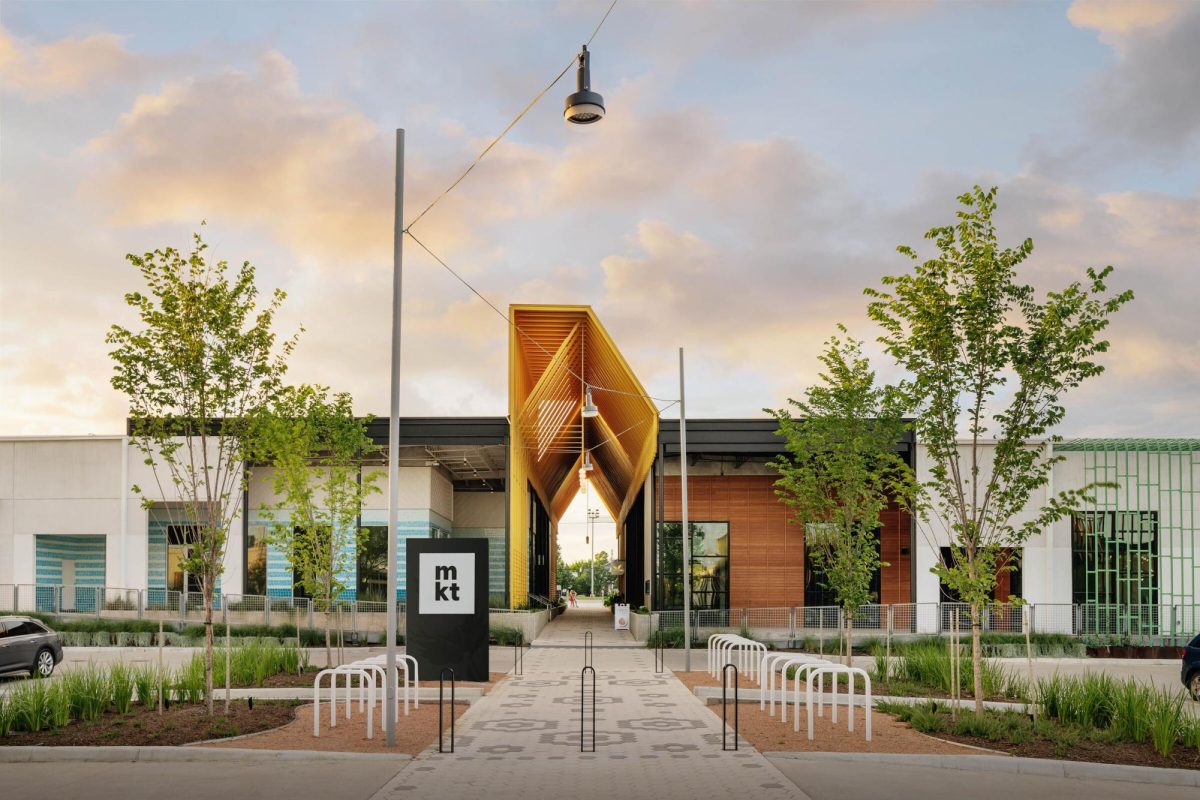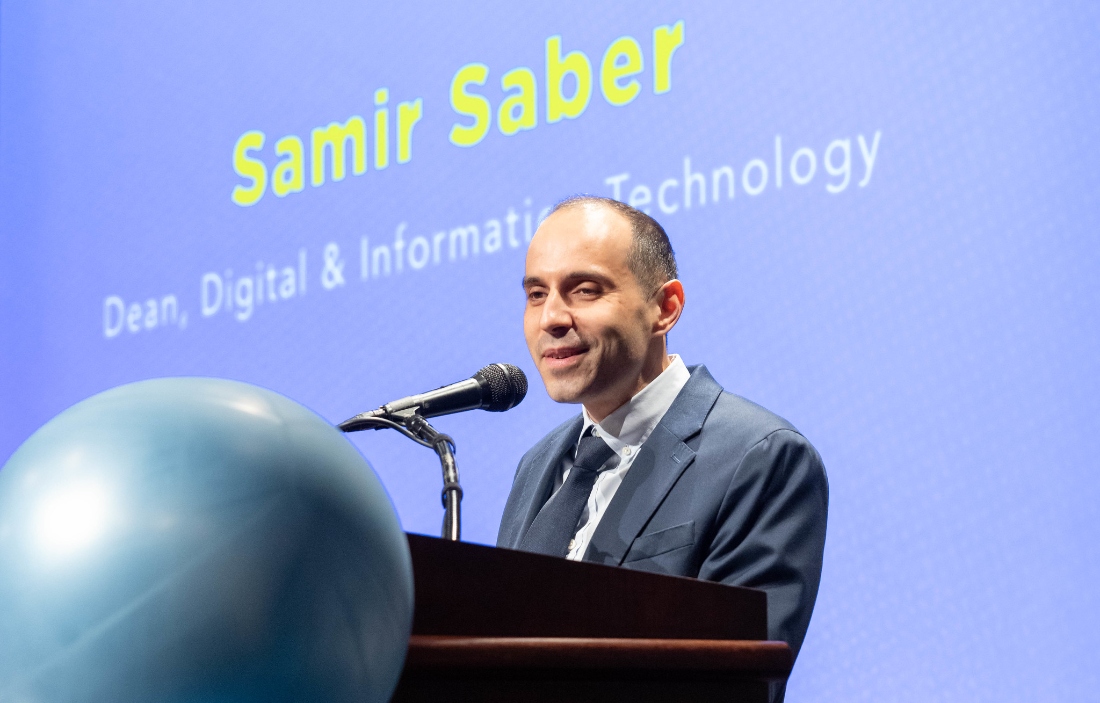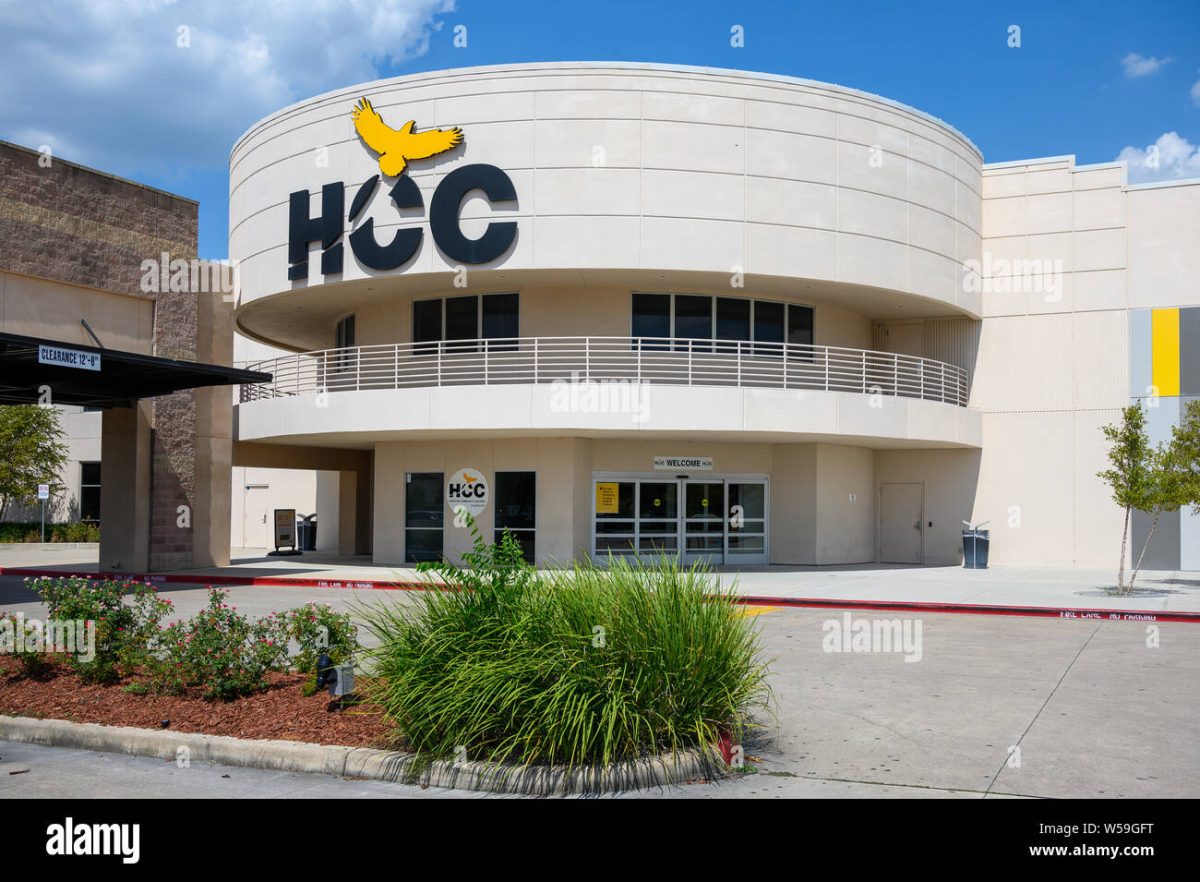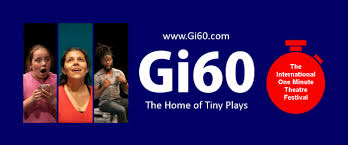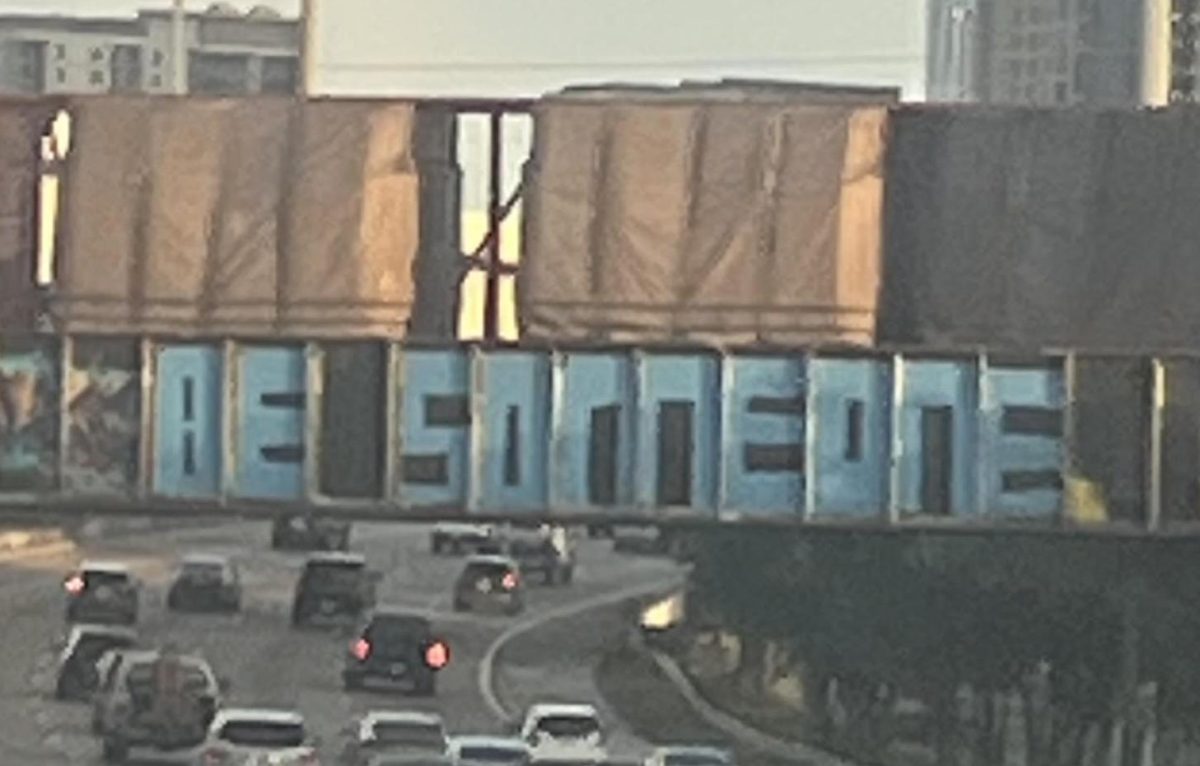Textbooks save students millions
Image Courtesy of Rice University
Richard Baranick, Director of OpenStax, sits among five of many college textbooks which are available through the program.
April 14, 2016
“With our college textbooks, we have saved 674,000 students $66 million since 2012, and will save 392,000 students $39 million this academic year alone,” noted Dani Nicholson, the Associate Director of Marketing and Communications at OpenStax.
OpenStax is Rice University’s non-profit educational materials and technology initiative.
They provide free, peer-reviewed content that covers the standard scope and sequence requirements for introductory college courses. Essentially, the concepts of courses like algebra, biology, calculus and psychology to name a few.
Founded in 1999 by Rice University’s electrical engineering Professor Richard Baraniuk, OpenStax was originally named Connexions. OpenStax began as an Open Educational Resource (OER) repository where faculty around the world could publish, share, and remix educational materials.
OpenStax has since expanded its offerings by not only providing a library that hosts thousands of pieces of educational content, but also by providing a line of free, peer-reviewed textbooks for introductory college courses and by developing personalized learning technology.
The college board’s estimation that the average cost of books and supplies is at $1,364 for the 2015-2016 semester reveal that more affordable textbook options are essential to student success.
For many students, going without the required textbook is simply not an option.
“I can go online and download information that is equivalent to the information in the textbook my teacher wants us to have, but my math and science classes require me to submit my homework online and the access codes still cost me over $100! That is outrageous,” said Kevin Jacobs, an engineering major at Houston Community College.
One barrier to adoption of open source material is the need for homework websites. Many of the required textbooks students must have for class also require online access to homework materials.
These requirements are mandatory, so many students who are hoping to use an open source text instead of the required text will still need to spend money for homework website access. OpenStax created a solution for costly homework sites as well.
“OpenStax has partnerships with online homework providers such as Sapling Learning and WebAssign,” Nicholson explains, “These partners, called Allies, provide optional, low-cost additional resources that integrate with OpenStax books.”
If these partnerships are utilized by instructors, they allow students not only access to the free online content, but also allows them to be able to submit homework online. All this without students, who are already on a tight budget, having to spending a small fortune.
OpenStax material is not just beneficial for students, “OpenStax textbooks come with faculty only materials, such as PowerPoint slides, test banks, and instructor solution manuals,” says Nicholson.
If students want the printed edition of an OpenStax textbook, Nicholson explained that “OpenStax textbooks are essentially sold at the cost of printing. Prices of textbooks range from $28.50 to $55.” This is still far below the national average.
The non-profit organization is not stopping there. OpenStax is already planning for the future and looking to further student success.
“We are also developing digital courseware that incorporates principles from cognitive science and machine learning algorithms to help students and instructors improve their return on effort in the classroom,” says Nicholson.
Recently, BestSchools.org ranked the 50 best community colleges based on a multitude of factors beyond completion and graduation.
Of the 50 community colleges ranked, six of the top ten—including the number one ranked Walla Walla Community College in Washington and the number two ranked Santa Barbara City College in Santa Barbara Ca—have adopted OpenStax materials.
The website also considered the success of achievement outcomes: whether or not students went on to pursue a four-year degree; if students matched with workplace skill needed; if the institutions were successful among low-income students and underrepresented racial and ethnic groups; and whether the institutions were shown to have minimized post school debt for students.






